Payment Information:
Please note that payment for the tour will be collected by the tour guide. You can pay in cash or by card. If you choose to pay by card, please be aware that a 3% bank commission will be added to your total. Thank you!
Luxor Day Tour To Ramesseum, Habu Temples, Valley Of The Nobles
The West Bank of Luxor is a magical place, full of history, atmosphere, and stunning landscapes. It’s where ancient Egypt truly comes alive. Crossing the Nile from the bustling city of Luxor, the West Bank feels like stepping into another world — calmer, more rural, and timeless..
Medinet Habu: A stunning and often less-crowded temple built by Ramses III, with massive walls still covered in colorful reliefs. Many say this is one of the most atmospheric spots on the West Bank.
Nobles' Tombs and Workers' Village (Deir el-Medina): These places give a glimpse into everyday life — not just the lives of pharaohs. You can see beautifully decorated tombs of artists and workers who built the royal tombs
- Starting Point: hotel in Luxor
- Destination: fun &adventure day
- Distance: ~ 20 km (approx. 30 minutes by road)
- Departure from hotel in Luxor
- Time: Early morning departure (around 7:00–8:00 AM)
- Mode of Travel: Air-conditioned private vehicle or minibus
- Duration: 5 hours depending on stops
.
Itinerary
Morning: Departure from Luxor
1 Habu Temple (Temple of Medinet Habu ;
2-Ramesseum (Temple of Ramses 11 ;
The Ramesseum is the mortuary temple of Ramses II, one of Egypt's most powerful pharaohs, also known as Ramses the Great, who ruled during the Nineteenth Dynasty (c. 1279–1213 BCE). Located on the West Bank of Luxor, near the Valley of the Kings, the Ramesseum is a grand example of Egyptian temple architecture, although much of the original structure has been lost over time.
3-The Tombs of the Nobles ;
also known as the Tombs of the Nobles of the Theban Necropolis) are a group of private tombs located on the West Bank of the Nile, near Luxor, Egypt. These tombs were built for high-ranking officials, nobility, and dignitaries of the New Kingdom, primarily during the18th, 19th, and 20th Dynasties
After a morning wandering through ancient temples and royal tombs, there's nothing better than sitting down to a hearty Egyptian lunch in Luxor. Whether it's a breezy riverside spot or a cozy local eatery, the food is always fresh, flavorful, and made with care.
Funerary Beliefs and Afterlife:
Inclusion
- pick up / drop off from or at your stay
- professtional fluent guide
- entrance fees
- mineral water
- lunch
Exclusions
- tipping
- extra expenses







.webp?unique=00e9ecb)

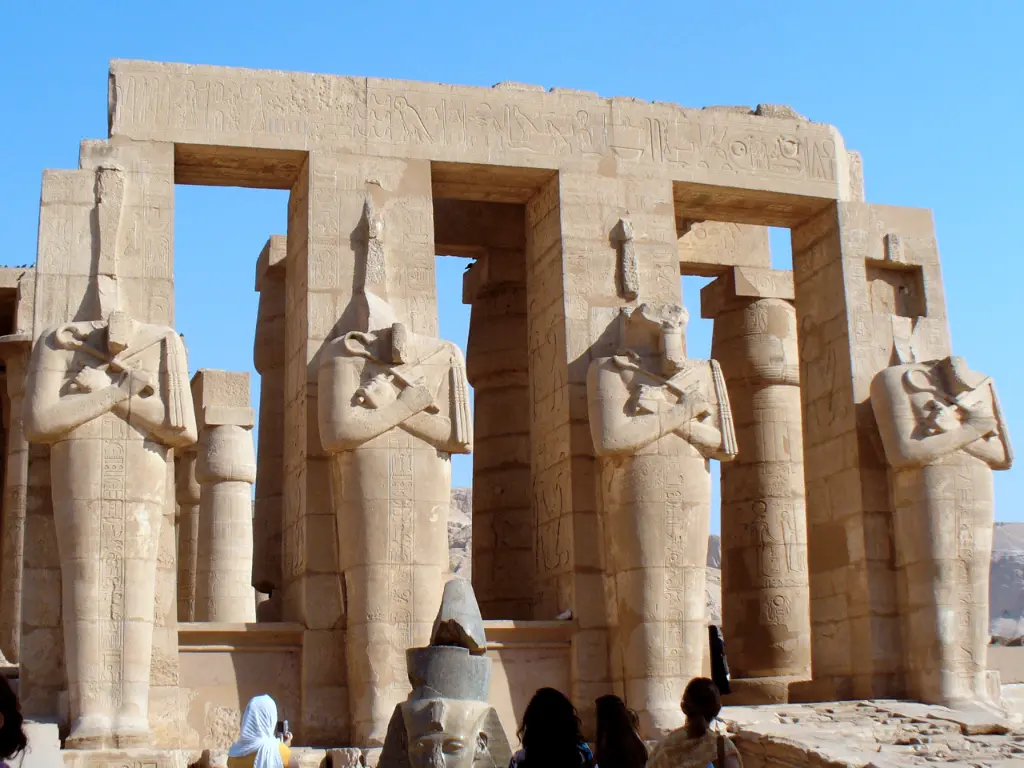
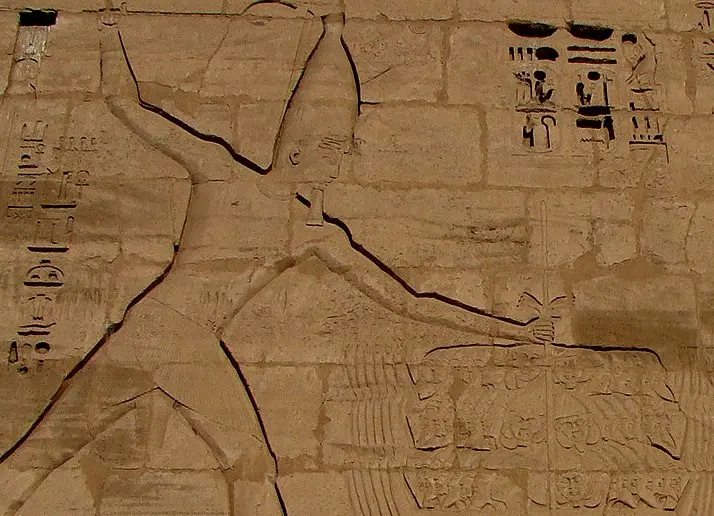
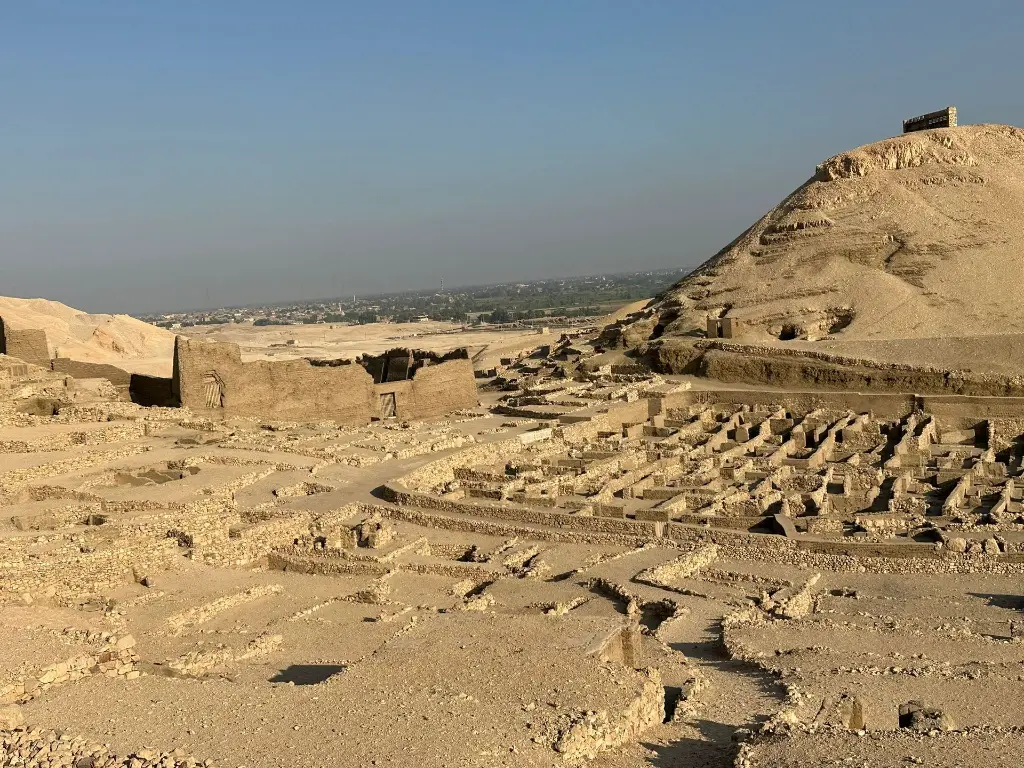
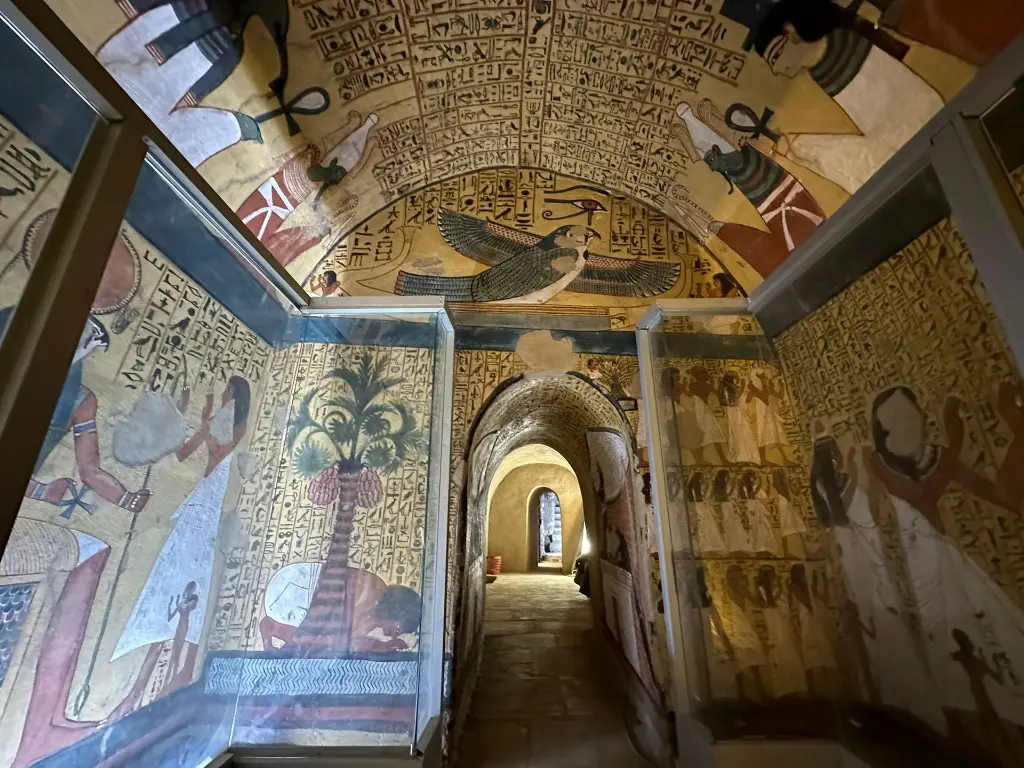
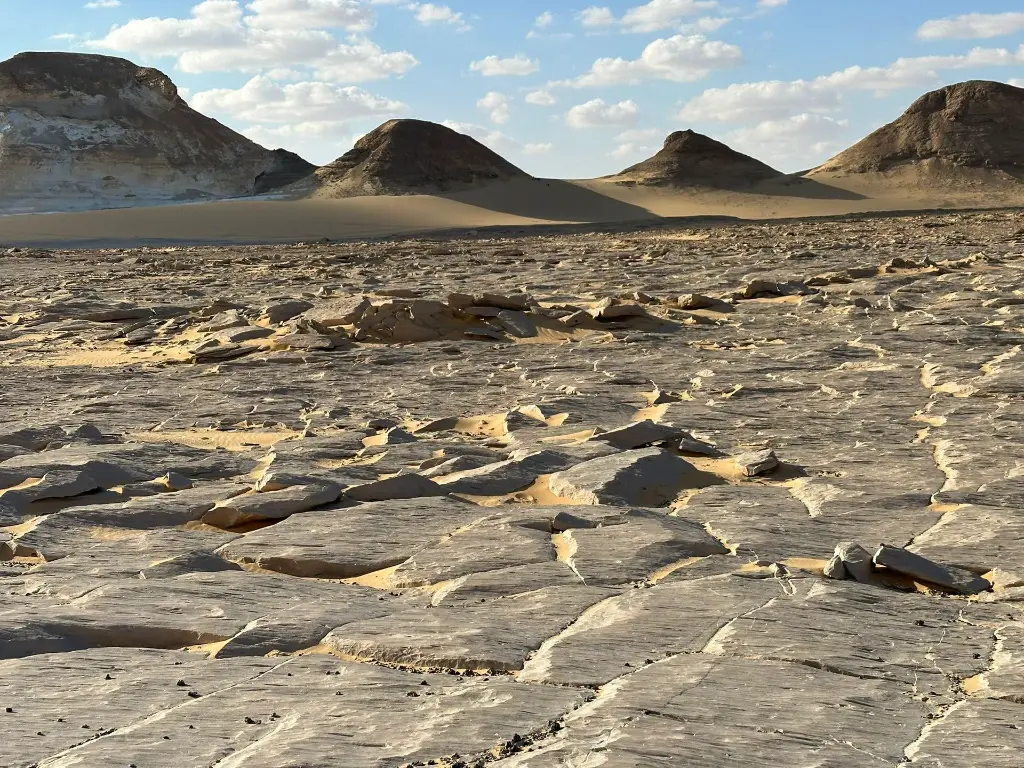

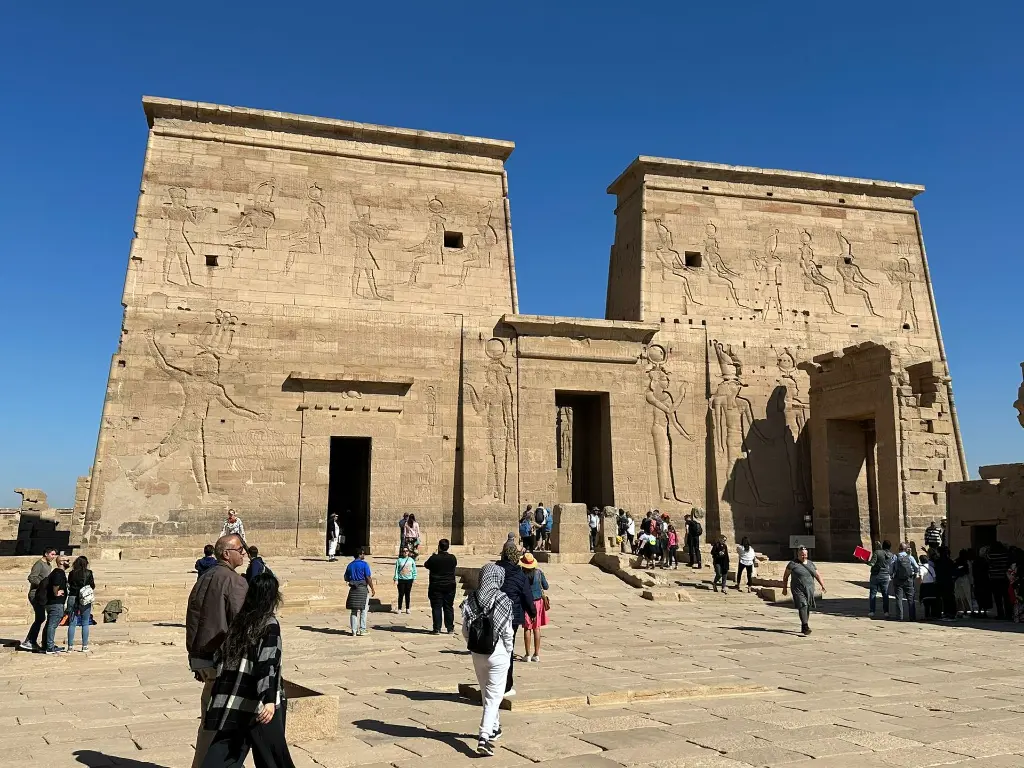.webp?unique=00e9ecb)